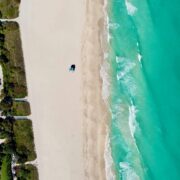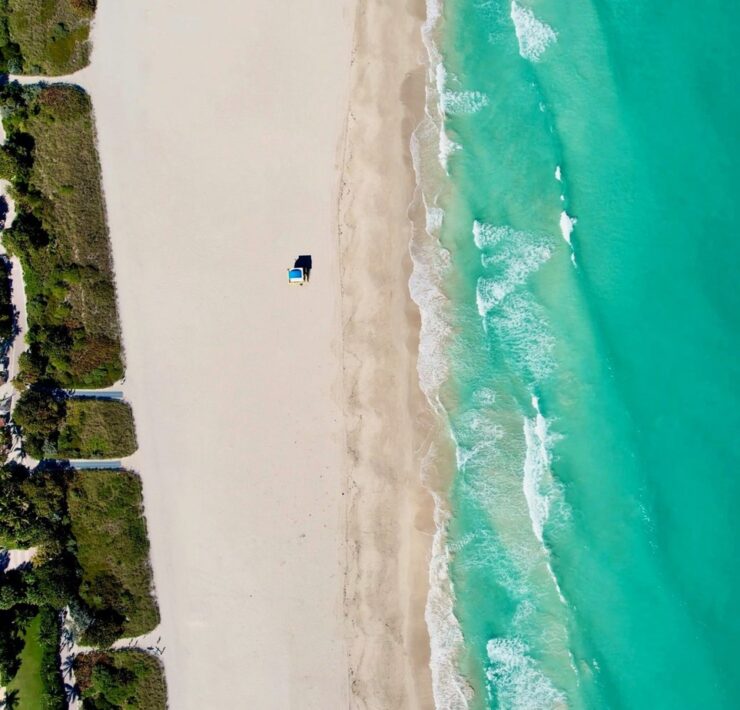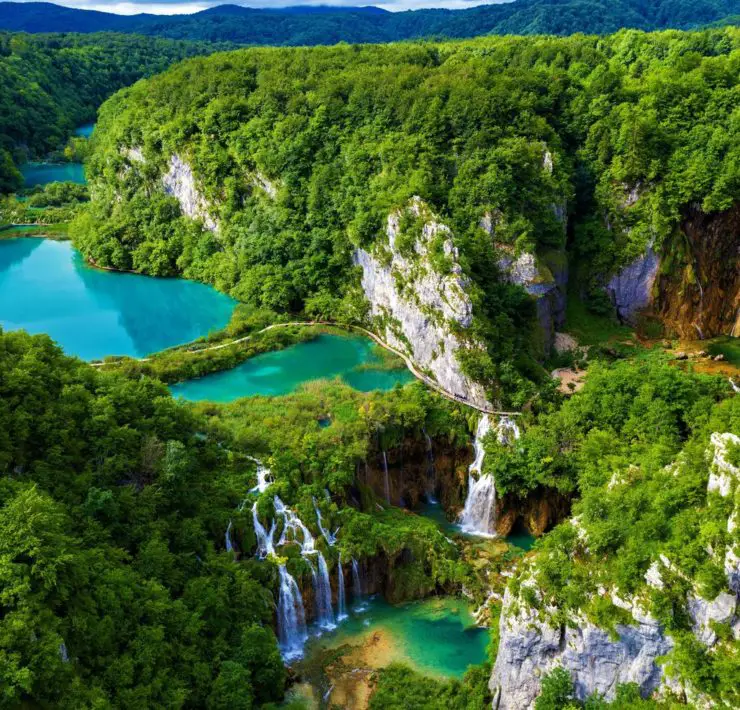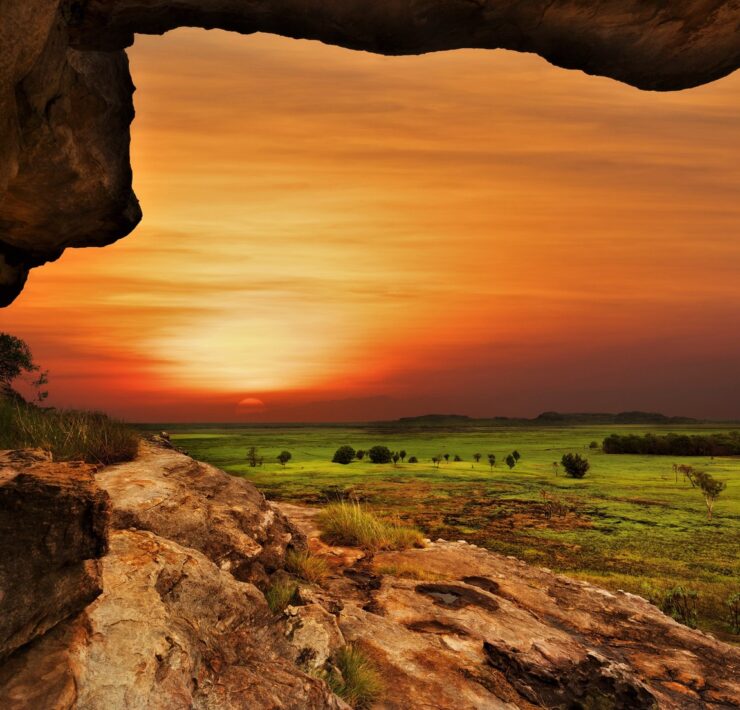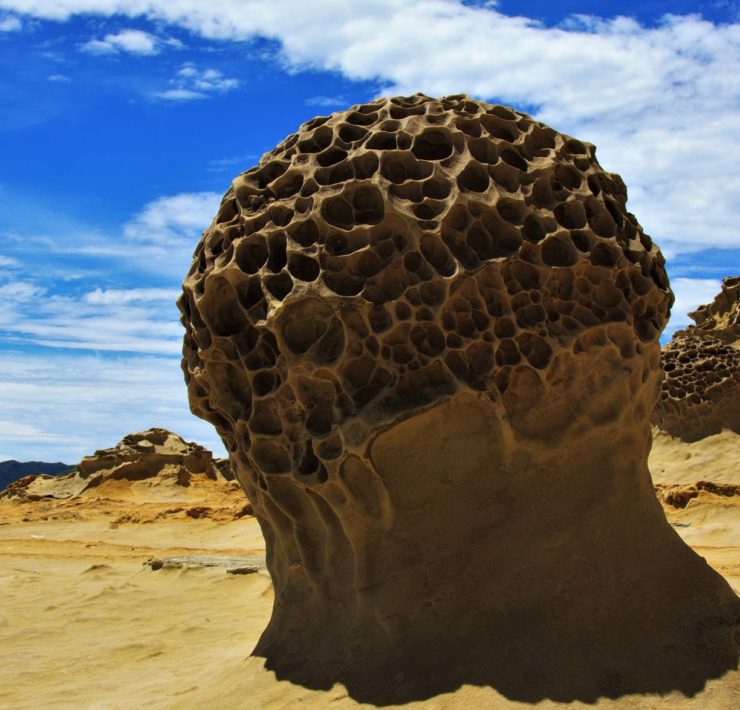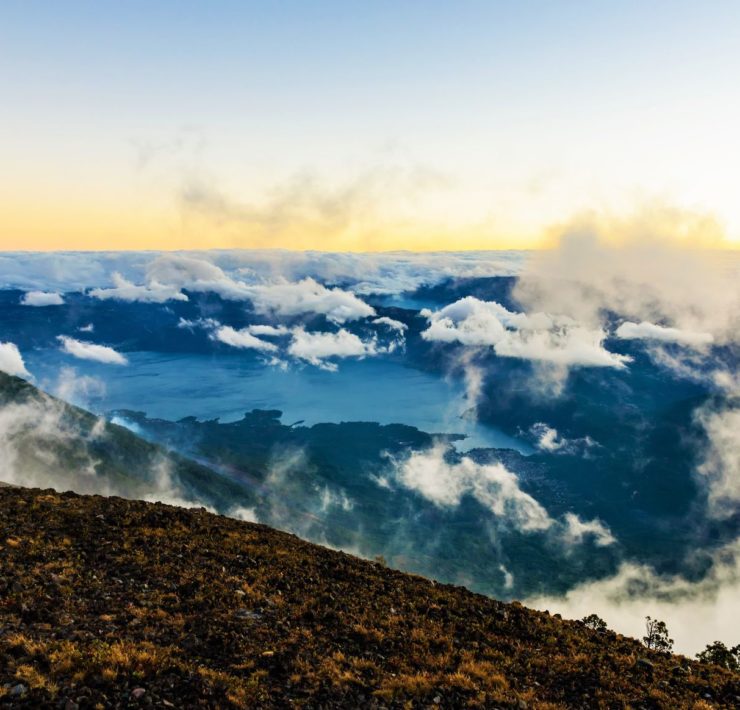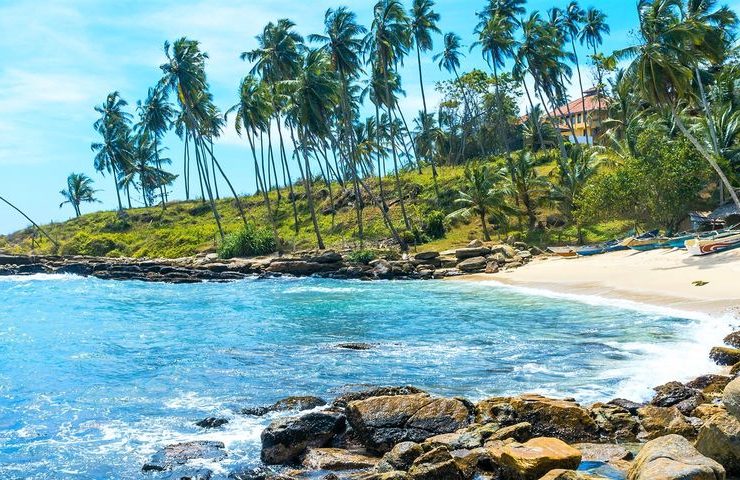The Galápagos Islands off the coast of Ecuador are best known for their association with Charles Darwin. In 1835, he studied the diverse species that inhabit the islands and famously developed his theory of evolution through natural selection. It is lesser known that Darwin’s original motive for traveling to the Galápagos was to study the geology of the islands, as he was first and foremost a geologist at the time.
In addition to the fascinating wildlife that inspired Darwin’s groundbreaking theory, this archipelago also boasts of incredibly unique land formations, for just beneath the Earth’s crust at this location lies the Galápagos hotspot. A volcanic hotspot is a hotter-than-normal region of mantle that melts away the Earth’s crust, causing volcanic activity. In the ocean, the hot, less-dense rock rises and the magma builds up and cools, resulting in volcanic islands if it rises above the water’s surface. It was this process that formed the Galápagos Islands millions of years ago. Darwin’s voyage led him to discoveries not only about evolution, but also about volcanic formation.
Naturally, the Galápagos volcanoes are even more interesting than just your everyday, run-of-the-mill volcano. The Bainbridge rocks, for example, are small islets off of Santiago Island. A crater on one particular islet contains a pool of brightly-colored seawater that makes for a spectacular view, for humans and animals alike (the turquoise water draws the attention of flamingos). Bartolomé Island, another islet off of Santiago, offers a gorgeous red, orange, green, and black landscape of volcanic rock. Visitors take advantage of the easy climb that leads to a great view from atop the volcano. Due to its recent volcanic activity, Fernandina Island is a must-see for those who want to investigate different types of lava flows. This island, as well as Isabela, has an unusually large caldera (a formation that results from the collapse of a magma chamber that has been weakened after an eruption) that baffles geologists.
The geology of these islands affects not only the landscape, but also the types of animals that live there. Since the islands are so isolated from one another, there are many species that are unique to just one particular island. Española, one of the oldest of the islands, hosts its very own species of lava lizard. Floreana Island is home to Devil’s Crown, an underwater volcanic cone popular with snorkelers due to its coral formations and flourishing marine life.
The Galápagos archipelago consists of eighteen different islands, each with its own special geological and biological flair. With endless opportunity to explore the intriguing volcanoes and observe the fascinating wildlife, travelers should make this explorer’s haven a priority to visit.
When On Earth Magazine is for people who love travel. We provide informative travel guides, tips, ideas and advice regarding places to see, things to do, what to taste, and much more for world travelers seeking their next dream vacation destination.

